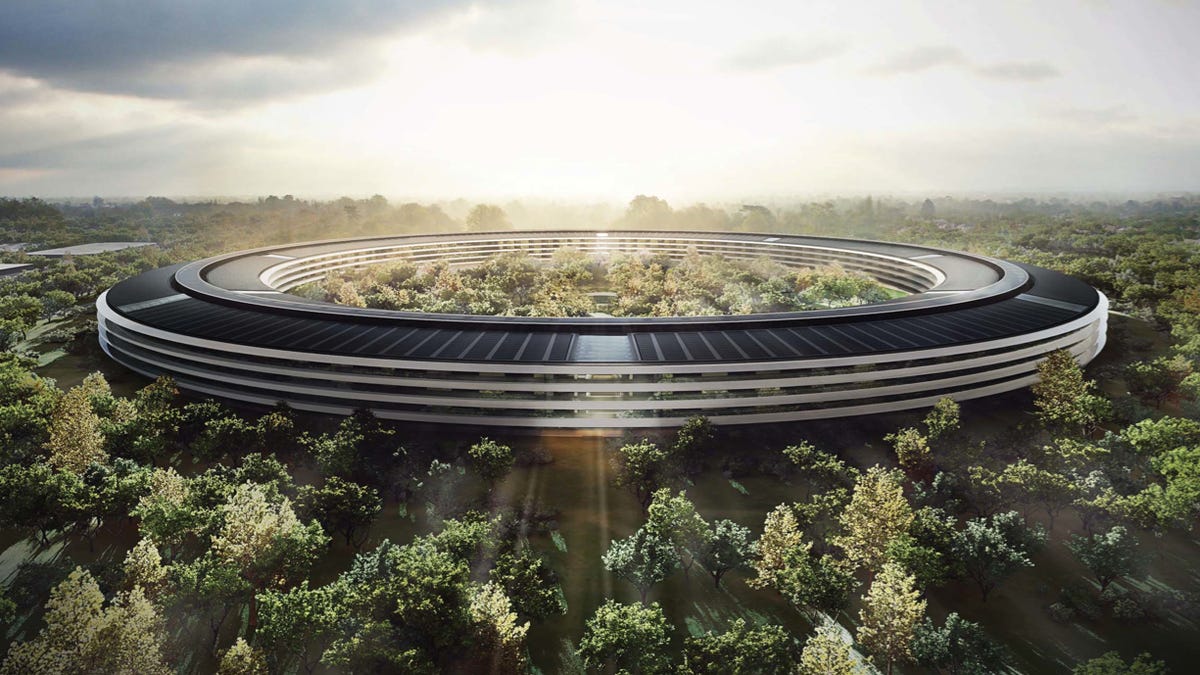Apple pitches tax and financial gains of 'spaceship' HQ
Apple, in an offensive move, publishes what it believes to be the many financial benefits of its 2016 headquarters reboot.

Apple on Tuesday continued to make the case that its multibillion-dollar campus revamp will be a boon to Cupertino, Calif., where the company is the largest employer.
The company published a new, 82-page document on its site (embedded below) outlining the economic and fiscal impacts the project will have on the city when the new campus is completed.
Some of that includes:
• $68 million spent on "public improvements" like roads and parks in areas around the campus
• Around $57 million in annual property tax revenues
• $13 million in annual tax revenues, up $3.8 million from 2012
• 7,400 more full-time employees (adding up to 23,400 when the project is finished, for a total of 41,100 employees in the region)
• $6.7 billion in annual purchases from local businesses, up from $4.6 the company spent last year
Apple notes that some of its estimates, especially with things like tax revenues to neighboring areas, are "difficult to track," and that any numbers in the report are on a "very conservative basis."
The project -- which would add a giant, circular building a few minutes away from Apple's current headquarters -- was originally pitched by late Apple CEO Steve Jobs to solve the company's growing pains. With its success, Apple had sprawled out beyond its headquarters to several satellite buildings, and Jobs sought to bring all its employees together in one facility. The new campus would fit up to 12,000 employees in one, 2.8 million square foot, four-story building.
The "spaceship," as Jobs dubbed it, was originally set to break ground in 2012 and be completed in 2015. However, it's since been pushed into 2016. A report from BusinessWeek in April added that the rumored budget for the project had swelled from $3 billion to "nearly" $5 billion, based on scale and expensive materials being used.
Apple's report comes as the company is under investigation for its tax strategy, and even accused of dodging taxes in the U.S. by using foreign subsidiaries and intermediary companies. Apple CEO Tim Cook appeared before a Senate subcommittee last month to answer questions about the company's tax policies, and told the group that Apple pays "the taxes it owes. Every single dollar," adding that "we don't stash money on some Caribbean island."

